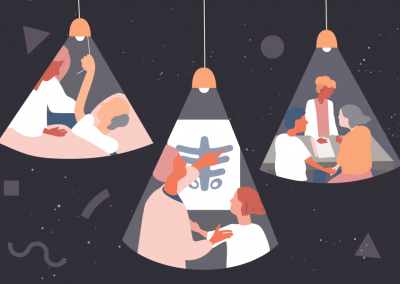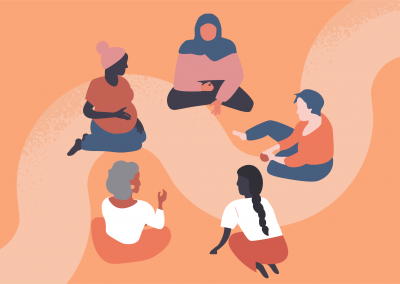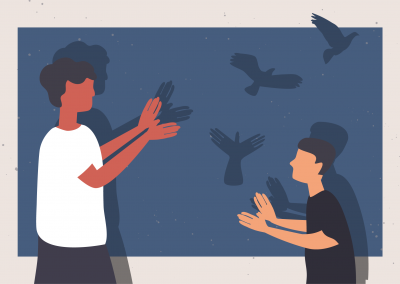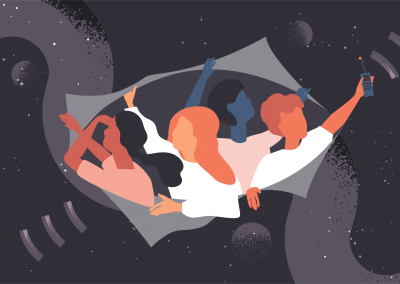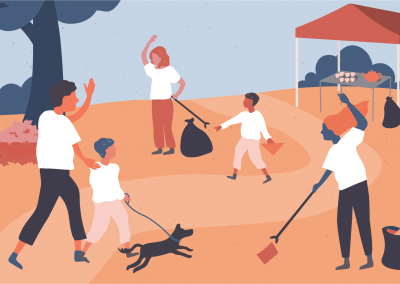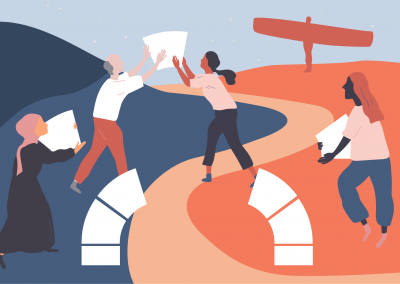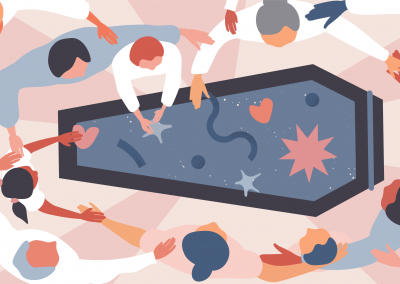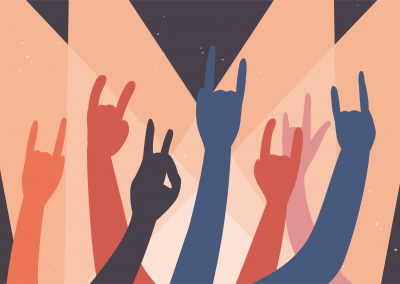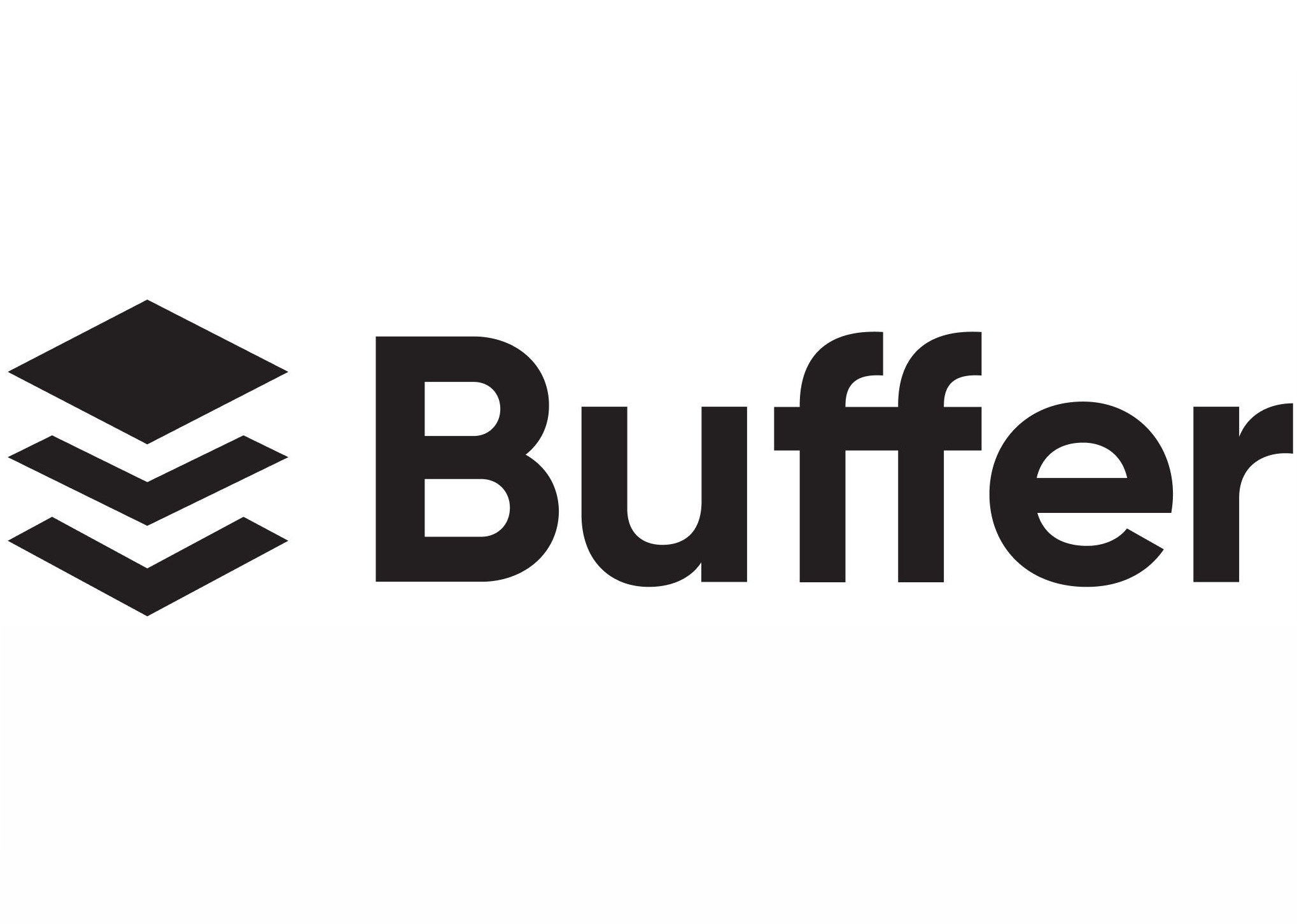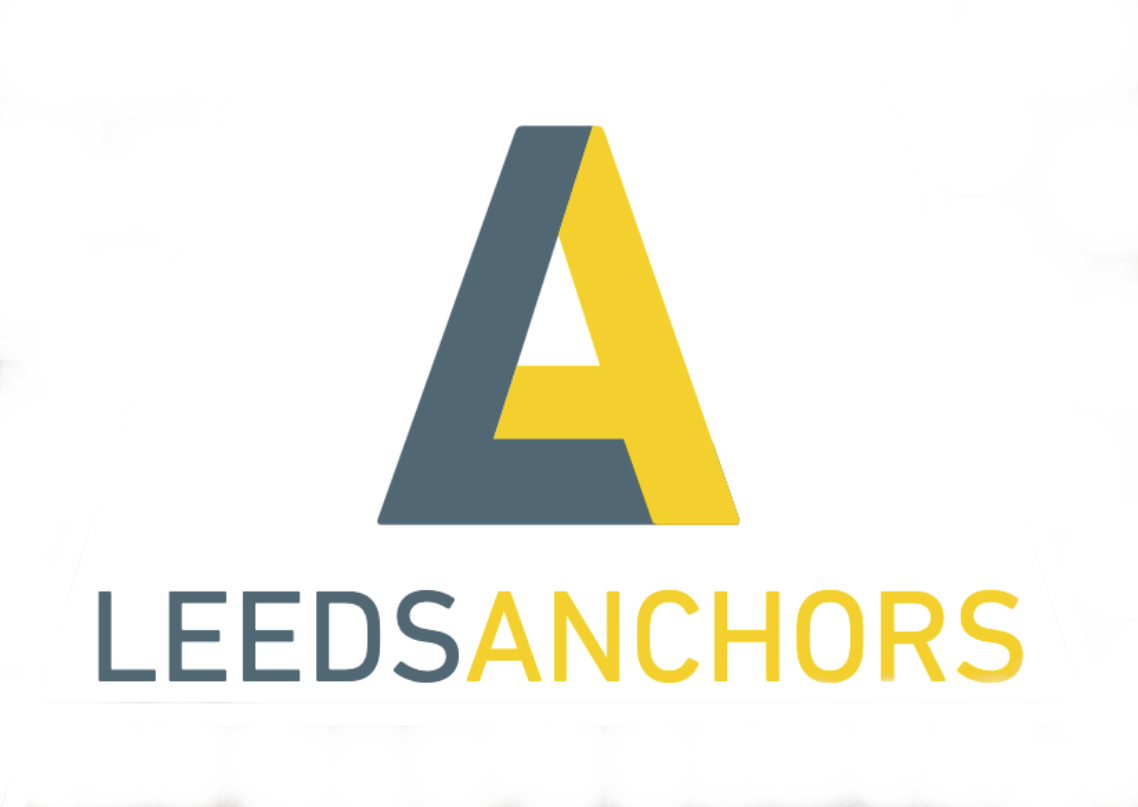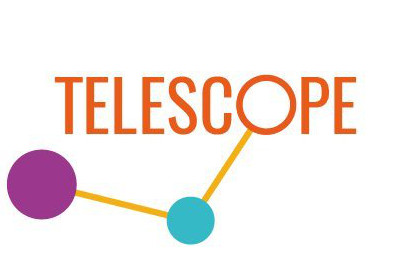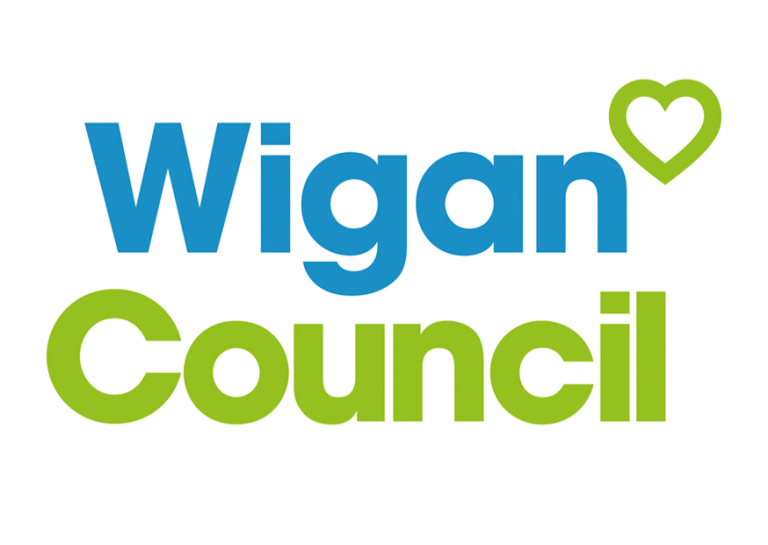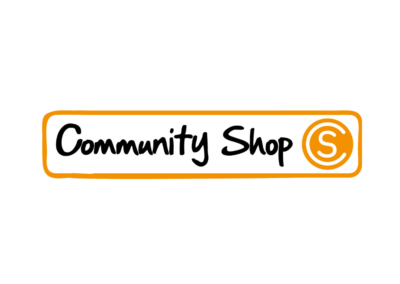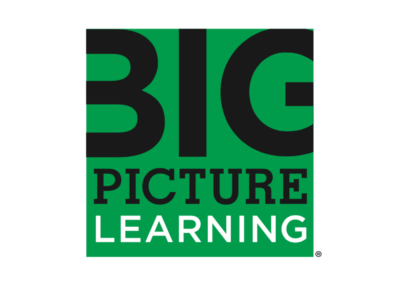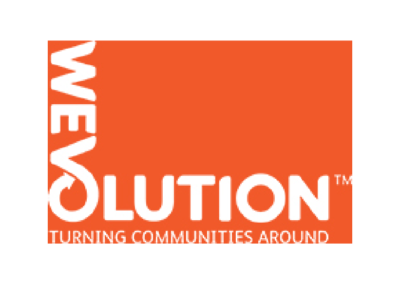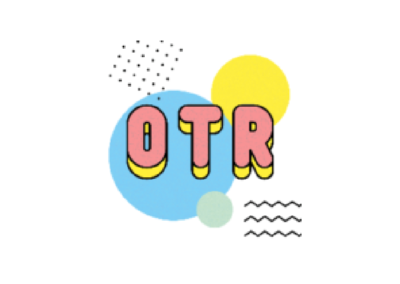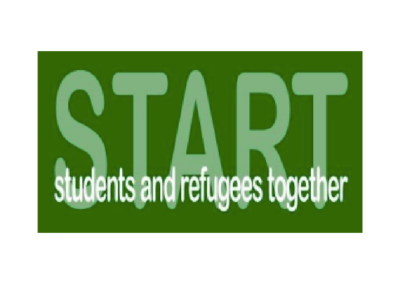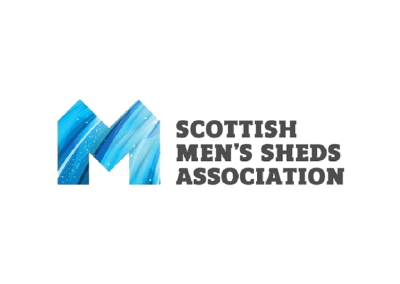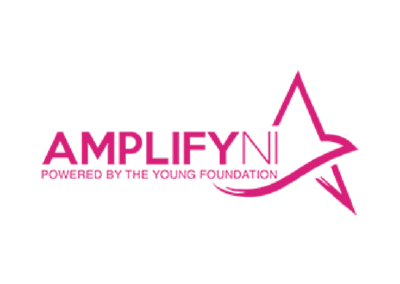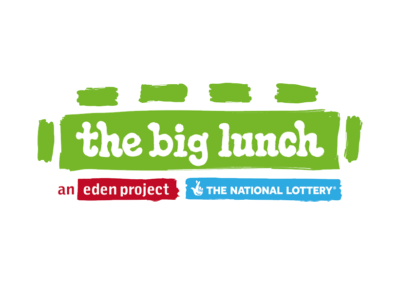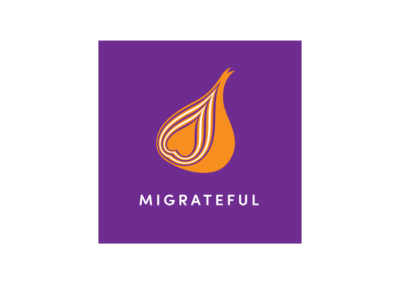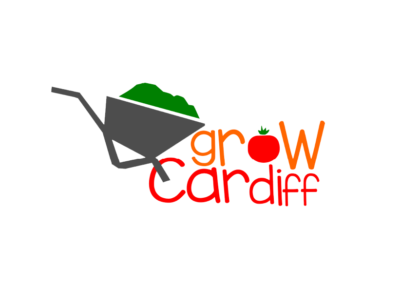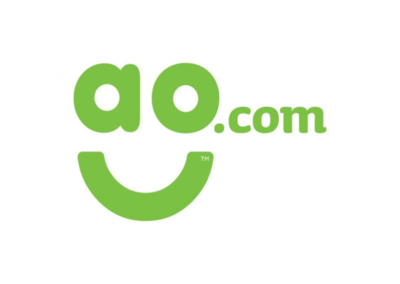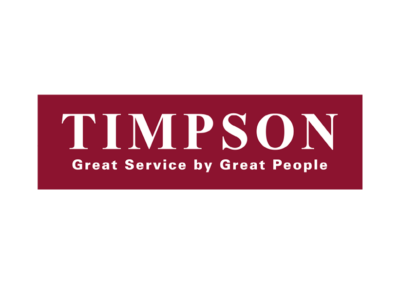Case study: Big Lunch & Great Get Together
A nation of new relationships
Introducing The Big Lunch and Great Get Together
In June each year The Big Lunch, the UK’s annual get together for neighbours, brings millions of people around the UK together to focus on making community connections and sharing commonalities. Started in 2009, and growing each year, the Eden Project initiative has continued to inspire positive action. In 2017, The Big Lunch teamed up with the Jo Cox Foundation to kickstart The Great Get Together, a similar activity which now independently draws hundreds of thousands of participants. Both are annual, nationwide flowerings of crowdsourced community events. This is why we are grouping them here.
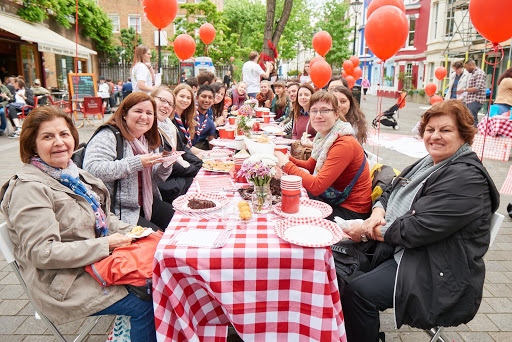
The Big Lunch founder Tim Smit explains the premise as “to get neighbours and communities talking again by sitting down to lunch together once a year.” Academically speaking, the aim is to build social capital and realise its contribution to a plethora of social outcomes, from educational attainment to health outcomes and crime levels. Launched by the Eden Project in 2009, and supported by the National Lottery Community Fund, The Big Lunch has grown tenfold to involve over 6 million people each year, with over 500,000 individual lunches having now been held. Lunches can be big or small, often blossoming into street parties. They’ve been enjoyed evenly across areas of differing deprivation in the UK.
With the help of The Big Lunch, The Great Get Together launched in 2017 in memory of murdered MP Jo Cox, and her belief that “we are far more united and have far more in common than that which divides us.” It is similarly an annual call for communities to celebrate commonalities. Over 300,000 people attended a Get Together in 2018, across over 4,500 events. Get Togethers can be meals, sports days, parties, assemblies, or whatever else communities fancy doing. The format is not prescriptive.
How do The Big Lunch and Great Get Together work?
Both follow a very similar model. Anybody can organise a Big Lunch or Get Together in their community – typically held in June, but whenever organisers please. The Big Lunch and The Great Get Together both provide free resource packs to help organisers generate ideas and run a successful event. These include poster templates, recipe suggestions and guides to tasks like closing the street, promoting events and creating decorations. Both packs emphasise the importance of seeking broad, diverse community uptake – although events created through or even after Big Lunches and Get Togethers can take any form community organisers like.
What impact are they having?
Both The Big Lunch and The Great Get Together have had a very positive impact. The Big Lunch has been independently assessed by PHAR, The Local Government Information Unit (LGiU) and Centre for Economics and Business Research (CEBR).
new friendships created through The Big Lunch in 2018
Big Lunchers felt events made people feel less lonely
%
of Great Get Together attendees met someone new
%
Big Lunchers felt closer to their neighbours after attending an event
These summer frivolities do not just make people feel good; they also have the potential to save billions on public services. Neighbourliness means neighbours share more and feel more socially connected, reducing pressure on public services. CEBR research does not tie specific savings to The Big Lunch, but does estimate that:
the amount that neighbourliness currently saves public services per year
the amount that initiatives like The Big Lunch save in healthcare per year
the amount that community engagement currently earns the UK each year in terms of productivity
What can we learn?
A few things stand out to us about The Big Lunch and The Great Get Together:
Third parties can act as catalysts, bringing people together and encouraging new connections
The Big Lunch and The Great Get Together both use well-branded campaigns to galvanise community activity. They also leverage active community members willing to take the reigns and equip them with materials and support to bring community members together.
Co-creation helps ensure buy in on both sides
Co-creation is central to Big Lunches and Great Get Togethers. Although they support event organisers, they take a back seat as those organisers work on the frontline to bring people together. This helps ensure agency and motivation for those involved.
Shared community spaces are important in developing and sustaining relationships
Both Big Lunches and Big Get Togethers make use of accessible public spaces – such as streets and parks – to physically bring people together. This physical meeting and interaction in spaces that are familiar to participants is a core part of both organisations’ operating models.
Creating a friendly, open atmosphere supports the development of new relationships
The messaging and structure of Big Lunches and Great Get Togethers create just this atmosphere. Both emphasise friendship and commonality. Both formats are casual, with no rules. And organisers of both are encouraged to door-knock and simply chat with their neighbours to get people together.
Training can support people to build, maintain and support relationships
Both organisations support organisers to learn how to bring communities together and foster meaningful relationships. Through resource packs, each offers reassurance and guidance every step of the way, from getting people involved through promotion, preparing delicious food and even closing the road (if necessary). Both have also created online communities which allow organisers to swap ideas and support one another.
Measuring impact helps to develop our understanding of the benefits of a relationship-centred approach
We may sound like a broken record on this, but independent evaluation is critical here in showing that what appears to be just a big jolly in fact has serious social and economic benefits.
Want to know more?
Next steps
Both The Big Lunch and The Great Get Together are happening again this year, and look set to continue into the future. The Big Lunch is happening from 1st – 2nd June, and The Great Get Together from 21st – 23rd June. But remember: any time is a good time for community events!
Further reading
- The Eden Project offers some compelling reasons councils should back The Big Lunch.
- Founder Tim Smit explains the thinking behind The Big Lunch in The Guardian.
- Laura Wilkes, of the Local Government Information Unit, summarises its evaluation of The Big Lunch here. The full 2013 LGiU report can be read here.
- The CEBR has produced research into the cost of disconnected communities, with an emphasis on neighbourliness and The Big Lunch. The Big Lunch also summarises this research on its website.
- The Great Get Together website features an impact overview for 2018.
- Both The Big Lunch and The Great Get Together offer a range of free resources to help run events.

